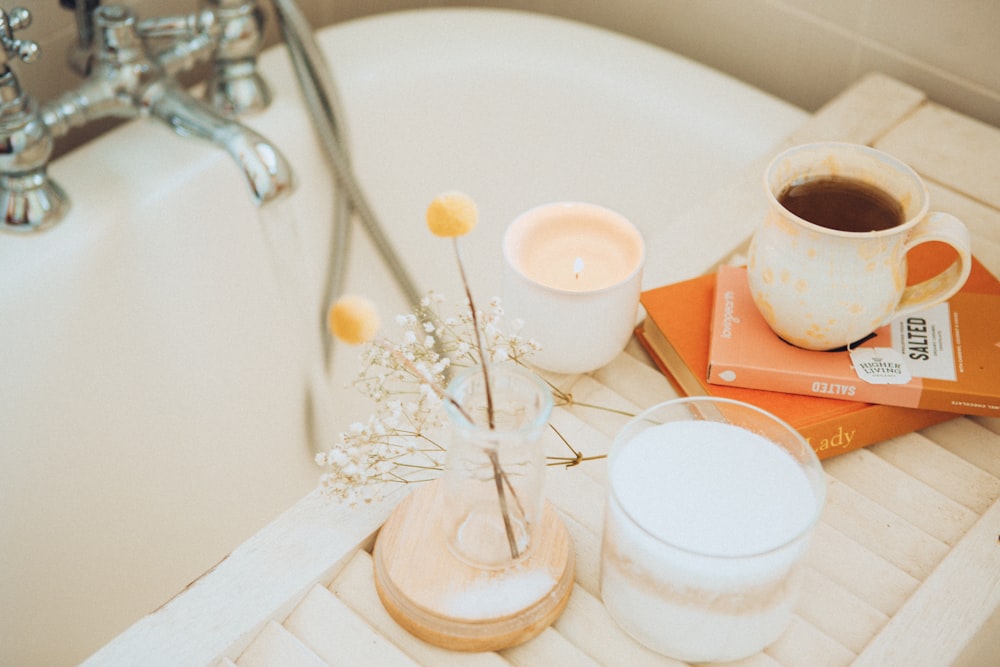
If you’re feeling sore from a workout, you might be wondering how to relieve sore muscles or perhaps you’re curious how long you’ll be sore for. It’s natural for your body to be sore after weightlifting, doing ab crunches, squat repetitions, and many other types of exercise can lead to aches and pains as well.
You’re less likely to have significantly sore muscles if you do a proper warm-up before your workout, do your exercises with proper form, remember your cool-down phase, and stretch afterwards. However, even if you do everything right, you can still expect to feel a bit sore after an intense workout.
Many people actually like being sore after a workout. If you’re sore the day after a personal training session, for example, it proves you had a good workout. That sore feeling is evidence of your hard work. (If you’re in extreme pain, however, please see a doctor as you may have a sprain or torn muscle.)
Even though some soreness is normal, you probably still want to know how to relieve sore muscles. By dissipating the soreness, you can get back to the gym and perform better, sooner. What are some at-home remedies for soreness? Below are 7 tips on how to relieve sore muscles:
1. Heat Therapy
Heat therapy is known to reduce pain and soreness, and it’s easy to do at home. The heat improves circulation and blood flow to a particularly sore area, while the warm temperature helps your muscles relax. Heat is great for stiff and sore muscles, and online you can find many types of heating pads. There are also microwavable “magic bags” that are cotton hot compresses filled with organic grains. Simply heat it up in the microwave and apply the magic bag to the sore area. To avoid burning the skin, read the instructions and don’t overheat the magic bag. If you accidentally microwave it for too long, let it cool down a bit before applying it to your body. 30 minutes or less of heat therapy should relieve some of your muscle soreness.
2. Rest
It’s always a good idea to have a “rest day” where you don’t work out, especially if you’re very sore. Let your muscles recover, and throughout your rest day, you can do a few 20 – 30 minute sessions of heat therapy.
Muscle strains that are really painful might need a combo of both ice and heat therapy. You can use a frozen gel pack on the painful area if it feels inflamed, for about 15 – 20 minutes, and then take a break. If the inflammation seems to have resolved, you can switch to heat therapy.
3. Bath with Epsom Salts

A warm, soothing bath with Epsom salts can help ease post-workout muscle soreness. Epsom salts contain magnesium, which is known for its anti-inflammatory benefits. The heat of the bathwater combined with the Epsom salts makes it a recovery bath. Just 15 or 20 minutes of soaking your sore muscles in a recovery bath will help you feel less sore and less tight.
Similarly, sitting in a hot tub for 20 minutes can help relieve sore muscles. If your gym and home don’t have a hot tub, there are plenty of other innovative heat therapy methods. Opt for a microwavable warm compress or heating pad – or sit in a warm sauna for 20 minutes.
4. Use a Foam Roller
It’s always a good idea to have a foam roller at home to help relieve muscle soreness and increase muscle recovery time. Foam rolling is a popular method of releasing muscle tightness post-workout, and the act of foam rolling is known as “self-myofascial release”. It’s normal for foam rolling to hurt. People use foam rollers on their quads, hamstrings, calves, glutes, traps, lats and other body parts, but everyone should get a foam rolling demonstration from an expert before doing it themselves. It’s normal for foam rolling to feel painful, but it shouldn’t feel too painful as it means you’re applying too much pressure.
If the fibres that make up your muscle fascia form adhesions, it means fibres have bound together and are now stuck together on a certain part of your body that was strained or overworked, creating taut and painful adhesions. Myofascial release can help separate these fibres and help heal the tissue. The foam rolling method helps apply pressure and move the fascia, so it can start to separate, relax, and heal.
Working out can cause small tears in your muscles, and foam rolling also helps treat this damage by increasing blood flow to the area which speeds healing.
If you want to take foam rolling to the next level, try the foam rollers with vibrating technology. The URBNFit Vibrating Foam Roller called “The Pulse” roller, for example, has 5 vibration levels from low to high intensity massaging levels. The vibrations give a deep massage to your tissues while stimulating blood flow and improving circulation which speeds muscle recovery. Not only does the vibrating foam roller relieve soreness, but it also feels amazing.
5. Drink an Antioxidant-rich Beverage Post-workout

Post-workout recovery drinks that contain antioxidants can help prevent muscle soreness due to the anti-inflammatory properties of antioxidants. A study published in the Scandinavian Journal of Medicine and Science in Sports found that cherry juice, for example, contains antioxidant compounds called anthocyanins which reduce inflammation in the body.
What is some other good post-workout recovery drinks aside from tart cherry juice? Drink anything with electrolytes, or a protein smoothie that has about 20 grams of protein in it.
7. Stretch
Stretching is important, not just directly before and after your workout, but also as a daily exercise. Stretching daily can help prevent muscle soreness from ultimately turning into a muscle spasm. Tightness, aches and pains can be relieved using many of the above methods in combination with daily stretching.
6. Use a Massage Device or Book a Deep-Tissues Massage

Deep-tissue massage after an intense workout can increase blood flow to your muscles which speeds up their healing. A massage therapist who specializes in sports massage or deep-tissue massage would be preferable.
You can also use a self-massage device like Theragun on your sore muscles above and below the tender area, before using the device on the sore spot. The Theragun’s intense vibrations help decrease pain and soreness and is known to induce a state of muscle-relaxing bliss.
If a massage pillow is more up your alley because you tend to get sore in your neck and shoulders, search Amazon for the “Homedics 3D Shiatsu and Vibration Massage Pillow with Heat”. This plush pillow helps work out knots with soothing heat and Shiatsu massage techniques.
How Long Should Your Muscles Be Sore?
See a doctor if your muscle soreness is unbearably painful or lasts longer than one week. You should also see a doctor if the pain is debilitating, makes it extremely difficult to move, or the pain is felt in the tendons or joints. Some muscle soreness is normal, but there shouldn’t be any swelling or long-lasting, immobilizing pain. For mild muscle soreness, you can take an Advil or a muscle relaxant, but you may not need to if you try a couple of the at-home pain-relieving methods in this article.
If you’re interested in learning your optimal training program based on your genetics, or your optimal diet type based on your DNA, find out this information (and much more) with the CircleDNA Premium kit.







Comments are closed.